Fruit spreads are a great way to add flavor and texture to your favorite dishes. These preserves can be used in both sweet and savory recipes, so don't think of them as merely dessert toppings. Here we'll look at different types of fruit preserves, where they come from, and how they're made.
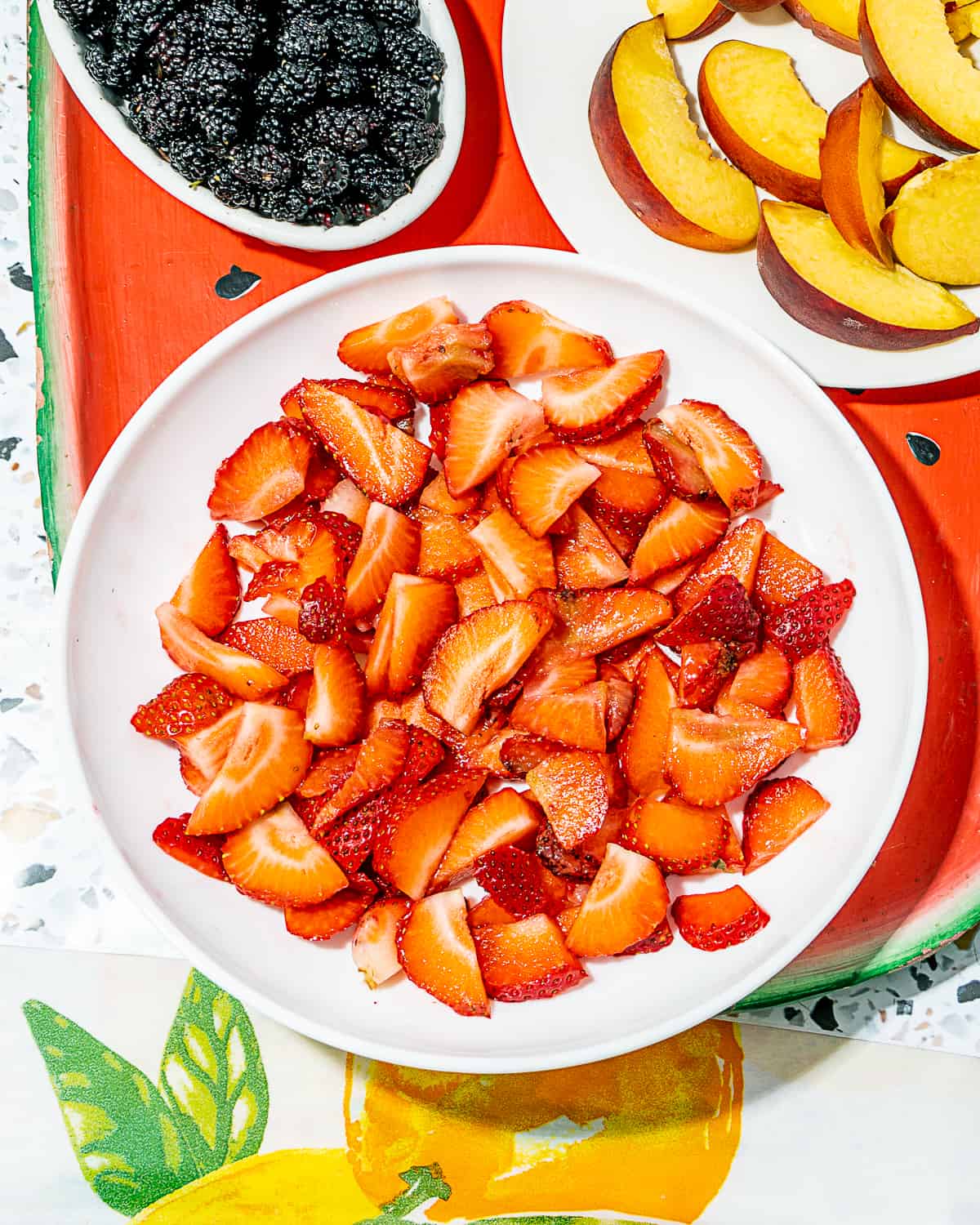
Jump to:
- Never Again Confuse Jam and Jelly Again
- What is jelly? How is it different from a jam?
- Binders and Thickeners for Fruit Spreads
- Other Thickeners for Fruit Spreads
- Fruit Spreads
- Jam
- Jelly
- Fruit Butter
- Preserves
- Marmalade
- Conserves
- Compotes
- Savory Preserves
- Chutney
- Pickles
- Best Ways to Use Fruit Spreads and Savory Preserves
- Canning Resources
- More Preservation Recipes to Enjoy
- 💬 Comments
Never Again Confuse Jam and Jelly Again
If you're a beginner, jam and jelly are probably the same things to you. But they are actually two different fruit spreads. The key difference is that jam is made with sugar and whole fruit. Jelly, on the other hand, is made with pectin (a thickening agent) and juice of the fruit. This means that jelly has a smoother consistency than jam, which usually contains visible fruit chunks. So if you like your jam thick but not too chunky, look for chunky or chunk-style jams.
What is jelly? How is it different from a jam?
Here's the main difference between the two: jelly is made from fruit juice, and jam is made from whole fruit pulp. Jelly is more liquid than jam and looks like a liquid when you spread it on toast. It's also called confiture or conserve. There isn't much difference as they have similar ingredients, but it's how they are processed that is a major difference.
Binders and Thickeners for Fruit Spreads
To make a fruit spread, you will need something to thicken it. Several things can be used to thicken your fruit spreads.
- Pectin – Pectin is a naturally occurring polysaccharide in most fruits and vegetables. It's what makes jams and jellies gel when you cook them. Pectin comes from the plant's cell walls, and its job is to hold the cells together. To use pectin gels, add ¼ teaspoon of powdered pectin per cup of liquid (fruit juice) needed for your recipe. Remember that powdered pectins are more potent than liquid ones. Make sure to use less than would be called for by one type if using another instead!
- Gelatin – Gelatin is made from collagen found in animal bones or skin. It creates a similar effect as pectins do but with some differences. Gelatin sets without sugar while cooked at low temperatures over many hours. Also, unlike using only water alone or sugar alone, this method requires no heating whatsoever!
Other Thickeners for Fruit Spreads
Chia seeds also are good for thickening fruit spreads, but they must be cooked with the jam first. Lemon juice is another way to thicken fruit spreads and gives them a tart taste that some people prefer.
Chia seeds are an herb native to Mexico. Chia absorbs large amounts of water when mixed with other ingredients like honey or sugar syrup. If you add chia seeds to your jam recipe before cooking it, about two tablespoons will give you about ¼ cup (60 ml) of thickened liquid after five minutes at room temperature.

Fruit Spreads
Fruit spreads are sweetened pureed fruit or spreadable at room temperature. They can be made from any fruit but are usually made from fruits high in pectins, such as apples, apricots, and berries.
Jam
Jam is made from crushed fruit and sugar. They are usually made from fruit preserves, which boil fruit with sugar. Jelly is a fruit spread made by cooking fruit with sugar and pectin. Jelly has a more chunky mouthfeel, with larger pieces of fruit rather than the smooth consistency that jelly has. It can be translucent or opaque, depending on the type of pectin used. The amount of added sugar used in its preparation.
Jelly
Jelly is a thick fruit spread made from fruit juice and sugar. They are generally made from fruit juice, sugar, and pectin. Pectin helps the jelly set after it has been cooked. Pectin comes from citrus fruits (like oranges), apples, and berries. Most commercial brands of pectin contain added calcium or sodium bisulfite to preserve color and prevent browning. Adding these preservatives makes it easy to make your own homemade fruit spreads without worrying about spoiling too soon after they are prepared!
Fruit Butter
Another delicious fruit spread, Fruit butter is a spreadable fruit product made from fruit pulp and sugar. Fruit butter has a different texture, consistency, and taste than jams and jellies.
Fruit butter is made by cooking fruit pulp with sugar until the mixture thickens into a spreadable consistency. Different fruits make different kinds of fruit butter; some examples include peach butter, apple butter, cherry butter, and pear butter.
Preserves
Preserves are made from fruits cooked in sugar syrup, making them more liquidy than jam or jelly. They're often used in baking and desserts, like fruit pies and tarts. Preserves can also be used in puddings or sweet sauces.
Marmalade
Marmalade is typically made from citrus, a preserve made from citrus fruit, oranges, lemons, or grapefruits. It can be made with any type of citrus fruit. It's usually orange marmalade that you see on breakfast tables across Britain.
Conserves
Conserves are fruit preserves with nuts, spices, and/or dried fruits. They can be made with any type of fruit. They are a great way to preserve the flavor of fruits that grow in season only for a short time. If you have extra unripe fruits or overripe ones, conserves are a great way to use them up and enjoy them later during the year.
Conserves are also perfect for using extra nuts or dried fruits in your pantry. Make your own conserve by mixing the ingredients together and cooking it at low heat until thickened (about 15 minutes).
Compotes
Compotes are fruit-based desserts containing pieces of dried and fresh fruit, sugar, and sometimes wine. They may be served hot or cold, with ice cream or custard. For example, cranberry compote is commonly served in North America and Europe during the fall season.
Savory Preserves
Savory preserves can be used in a variety of ways. They are often used on sandwiches and wraps but can also be very useful in salads, soups, and sauces.
Chutney
Chutney is a traditional Indian condiment made from fruit and vegetables.
It's especially good with meats and cheeses, but it can also be used on bread or instead of ketchup or mayonnaise. Chutney makes an excellent addition to your pantry because it can help preserve fruits and vegetables when they're out of season at home!

Pickles
Pickles are a great way to preserve fruit, and they have many uses in cooking.
To make pickles, you first need to pickle the fruit in salt and vinegar brine. This process preserves the fresh fruit for later use by killing off microorganisms that cause spoilage or food poisoning.
Best Ways to Use Fruit Spreads and Savory Preserves
Fruit spreads and savory preserves work well to top a variety of foods. I also can't forget peanut butter and jelly sandwiches You can use them on waffles, pancakes, or french toast.
They also work nicely as a topping for cheesecake and baked goods. Fruit spreads are often used in sweet ice creams and cakes. Finally, fruit spreads and savory preserves work well as toppings for yogurt or cottage cheese!
Canning Resources
If you are looking to make your own jam, or other sweet spreads there are lots of resources to make the best jam possible. The U.S. Department of Agriculture (aka the USDA) offers a guide to home canning that is a standard in the food industry and for home canners.
Jam and Jelly Making Resources
This list of resources for those looking to learn more about canning and making their own homemade jams and fruit spreads!
Find out about home food safety, canning, freezing, and preserving meat, vegetables, fruits, jellies, jams, and spreads, together with tips on harvesting and preserving herbs and spices, and home cheese making.
The National Center for Home Food Preservation is your source for current research-based recommendations for most methods of home food preservation.
This list outlines different kinds of jellies and jams
Importance of Evidence-based Food Preservation and Where To Find Information
This session with Sandra Grenci, Family and Community Health Sciences Educator from Rutgers Cooperative Extension, will provide an overview of safe methods for home canners. Evidence-based resources will be shared.





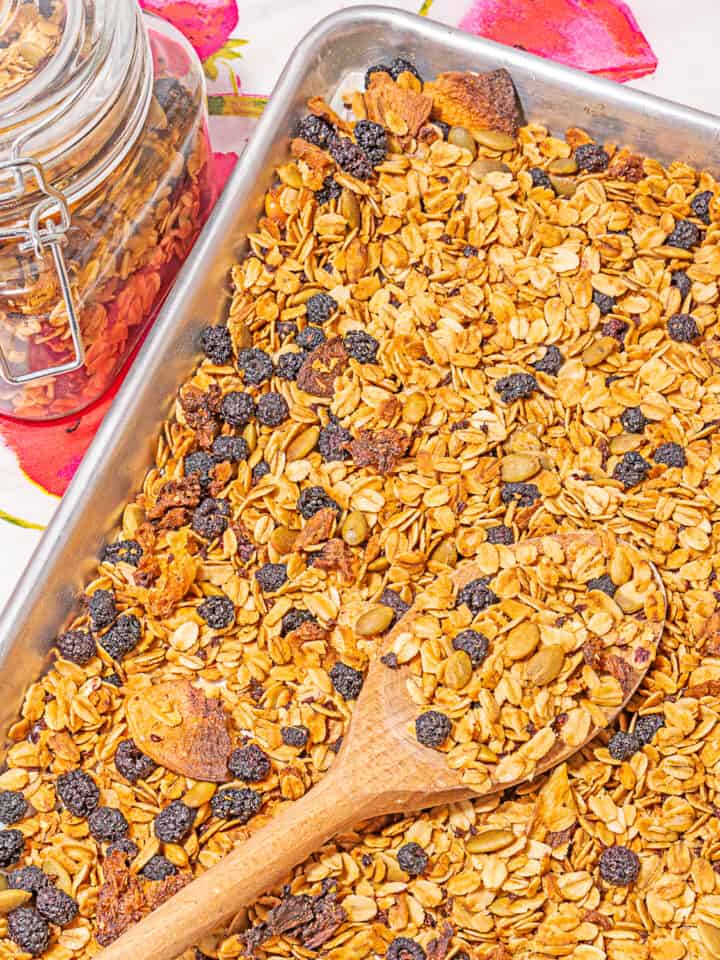
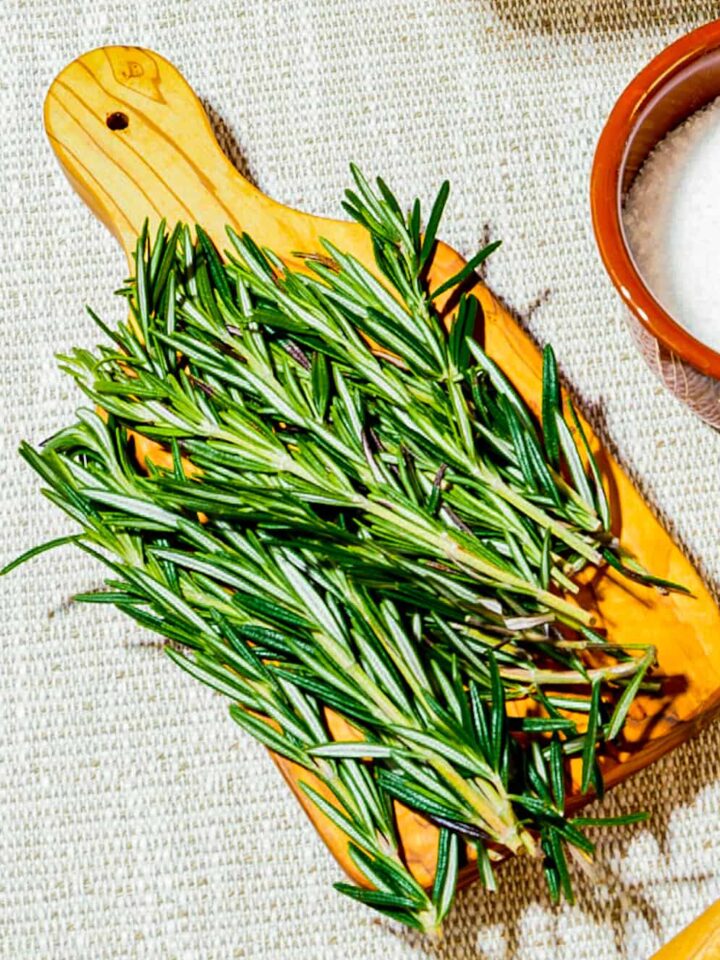
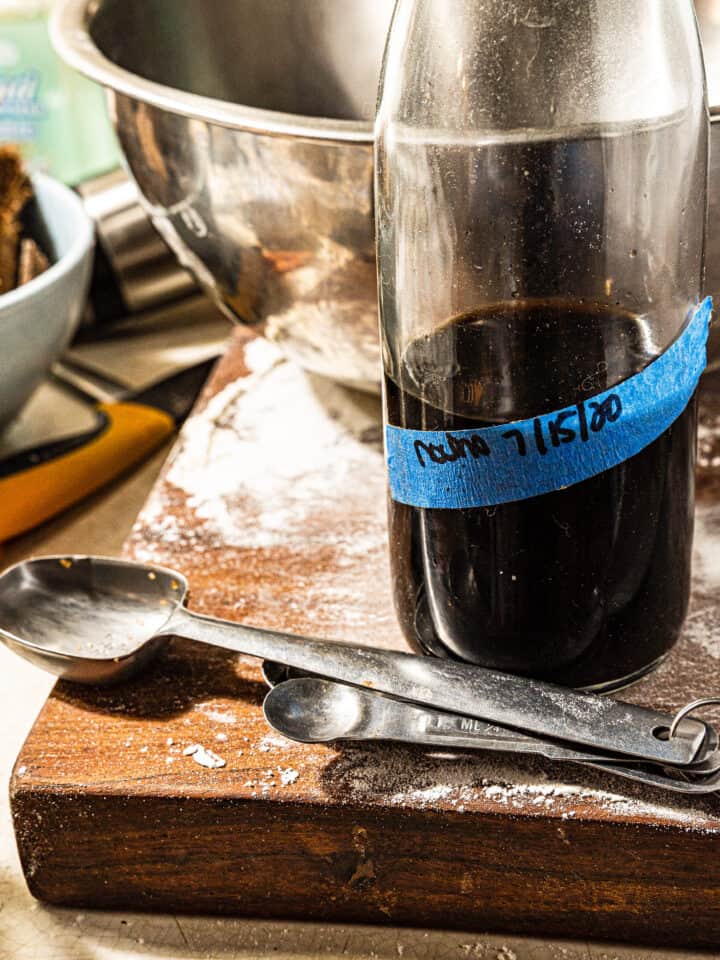
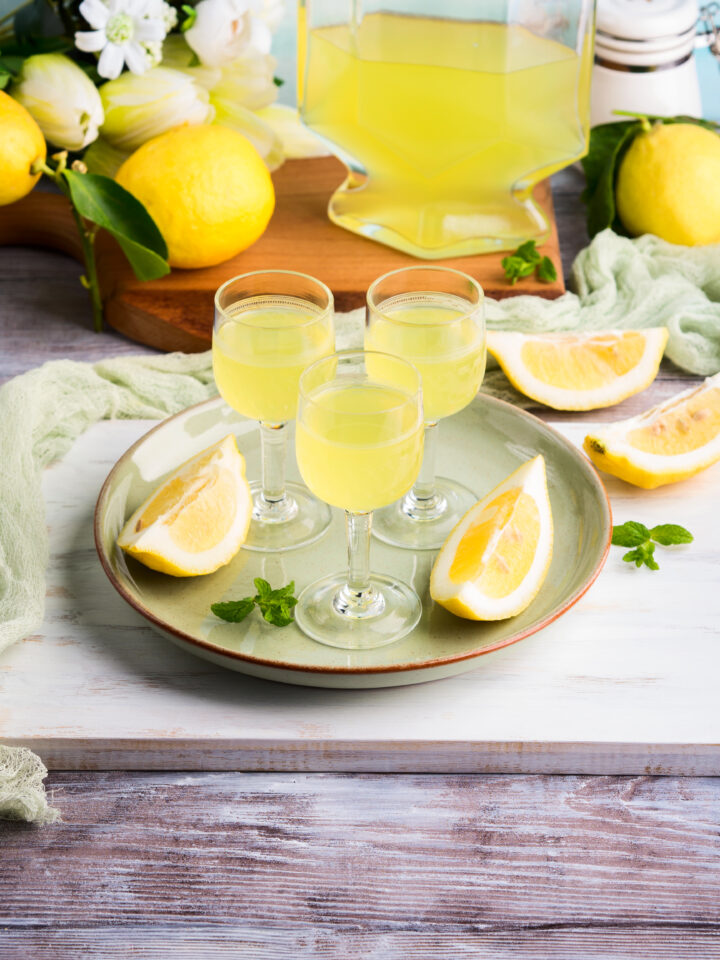
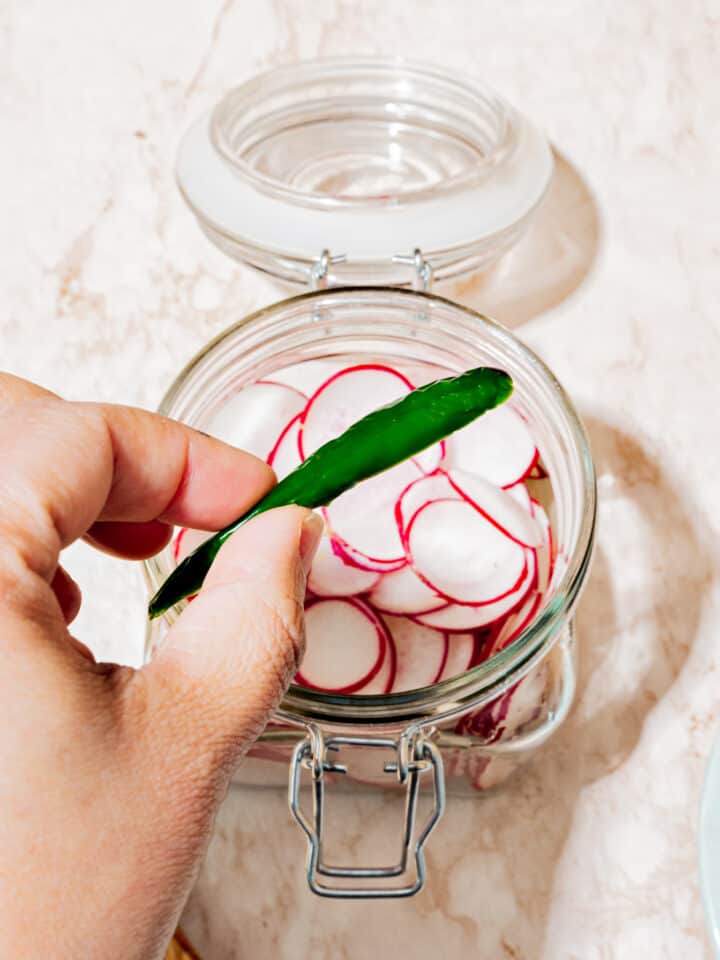
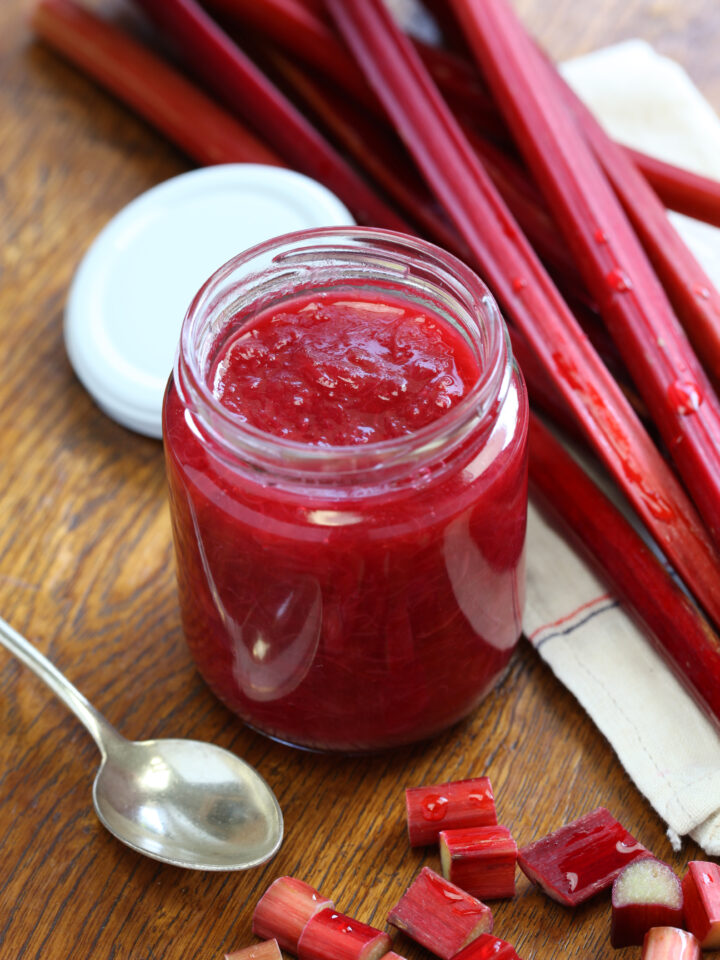
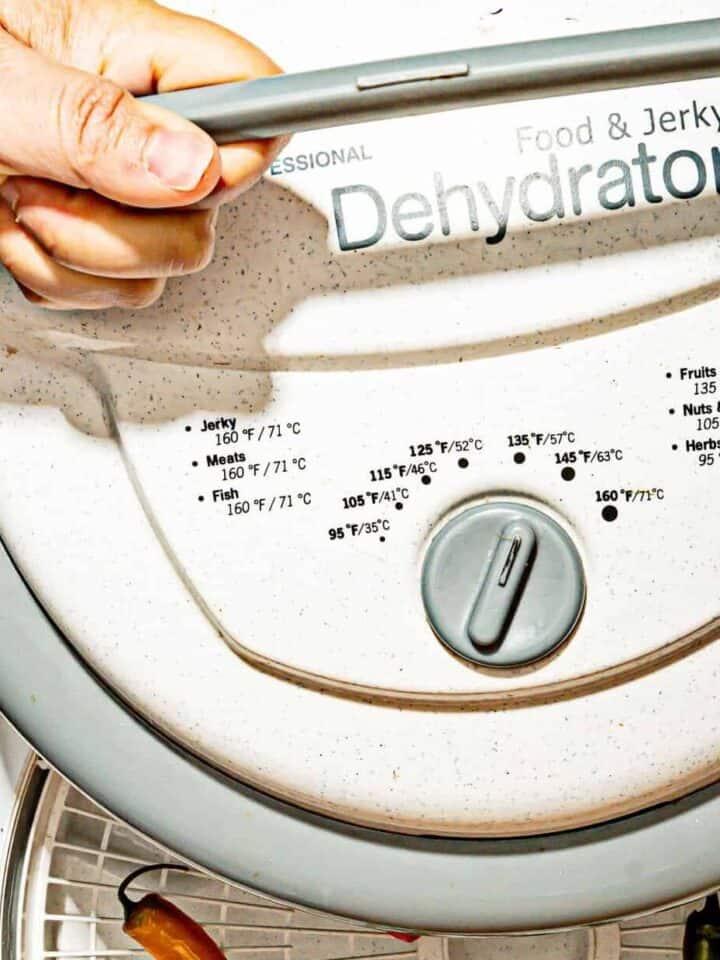


Comments
No Comments